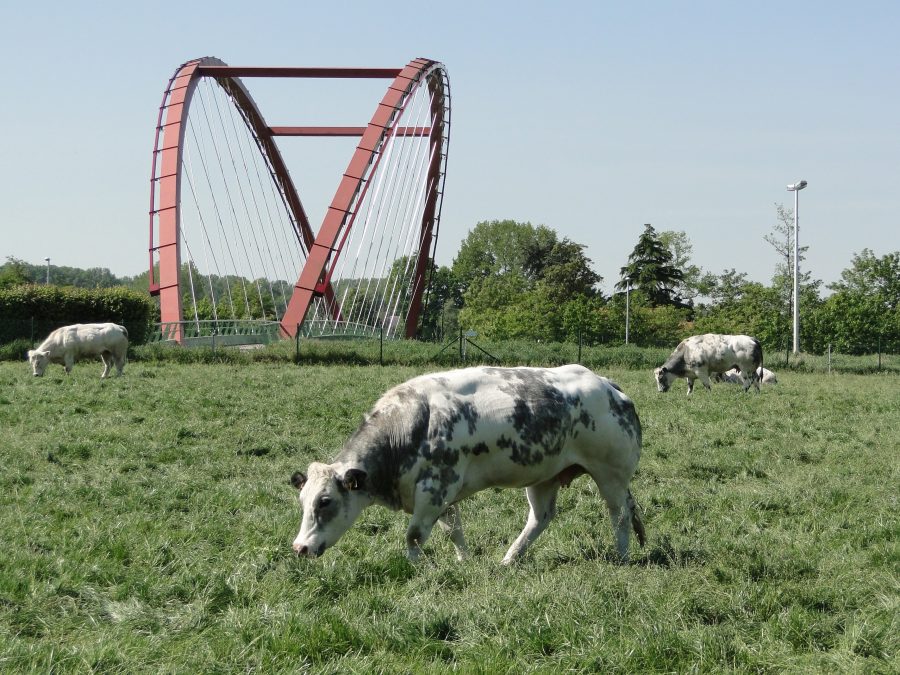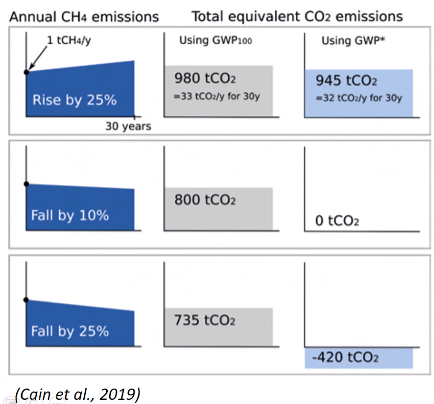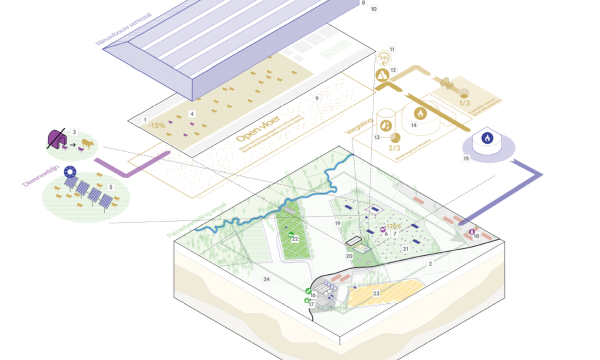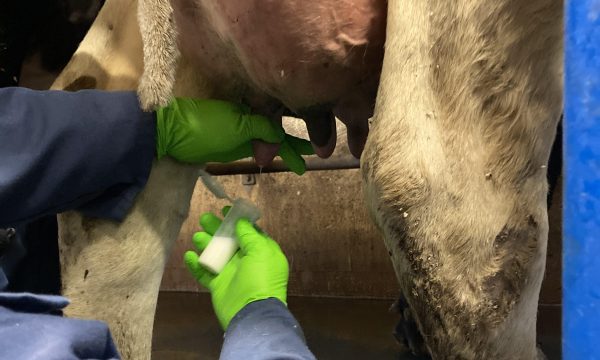Press release Methane from ruminants and climate impact: a difference between GWP and GWP star calculation
In the run-up to the UN Climate Conference next November 2021 in Glasgow, agricultural researchers are deciding whether or not to adopt the new scientific insights regarding the impact of methane. Besides the currently used GWP calculation, there is a GWP* ('GWP star') calculation also circulating. This can make a big difference regarding the impact of methane from ruminants. ILVO explains here how this works.
GWP is the abbreviation for global warming potential. It is the measure of global warming potential, being the degree to which a gas will cause warming over the next 100 years compared to the same volume of CO2. The GWP* approach is described in detail in Smith et al., 2021. Further improvement of warming-equivalent emissions calculation. Climate and Atmospheric Science. The IPCC (Intergovernmental Panel on Climate Change) recognizes GWP* as more scientifically accurate, but has not (yet) adopted the calculation method for its own global climate impact figures.

Distinction between long-lived and short-lived greenhouse gases
Long-lived greenhouse gases (stock gases) are gases that accumulate over time because they remain in the atmosphere for a very long time. An example is CO2. Short-lived greenhouse gases (flow gases) degrade over a relatively short period of time, so when their emissions remain stable, warming does not increase. Indeed, in a relatively short period of time, as much of these gases is broken down as is created. Methane has an average residence period of only 10-12 years in the atmosphere and thus belongs to the short-lived “flow” category.
The reasoning in the GWP* report is that the impact of methane should not be lumped together with the impact of CO2. Emissions of CO2 accumulate cumulatively in the atmosphere due to their long decomposition time (50 - 200 years half-life).
Editor’s note: Depending on the origin of methane (either from fossil combustion or biological origin), both the GWP and the enhanced GWP* calculation formulas use a different 'punishment coefficient' for methane of biogenic origin (25 times more punitive than CO2) than for fossil-derived methane (28 times the CO2 strength).
New scenarios for the impact of ruminant cattle: favorable or unfavorable?
GWP* takes more account of the fact that, for a constant (!) emission (e.g. same number of animals at the same production level), as much methane is broken down as is produced. Over time this creates a stable methane concentration. "If biogenic methane emissions remain the same over time, their impact on warming must therefore be estimated to be (much) smaller than thought on the basis of the ordinary GWP calculation."
Line 1 of the figure below shows that a slight increase in the amount of methane (less than 1% per year or 25% over 30 years), according to column 3 (= GWP*) will lead to slightly less additional global warming, compared to the effect calculated with the conventional GWP.
With a minuscule decrease in methane emissions, a stabilizing effect occurs within the relatively short term: With a decrease of 0.3% per year (or 10% over 30 years), the additional warming effect of these emissions disappears. (line 2)
Suppose that there were a decrease in methane emissions of 25% (spread over 30 years) then one could even obtain a negative warming (cooling). (line 3)

Conclusion
ILVO, with its Centre of Expertise on Agriculture and Climate, monitors what is happening internationally in climate calculations and reduction strategies for the agricultural sector. At the same time, research continues to develop efficient applicable and farm-specific techniques that can reduce - in absolute terms - methane emissions from agriculture.
Referenties:


